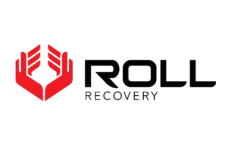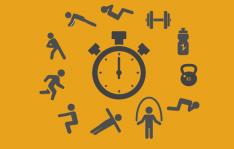While aero helmets and deep wheels will undoubtedly make you faster on the bike, they aren't the most important component. If you don't have a saddle that's comfortable and matches your anatomy, you'll never be able to maximize your time on the bike.
Comfort is a Priority
First and foremost, a triathlon saddle needs to be comfortable for hours at a time. A tri saddle is designed to allow you to get aero and go hard on the bike for any distance, without causing pain.
Note: You should never be numb anywhere when riding your bike. If you experience numbness at any time while riding, you should first get a bike fit and then a saddle upgrade.
Get a Fit
Before you buy a triathlon saddle, get a bike fit. This will allow your bike fitter to consider your position on the bike and to help find a saddle that works for you. Different tri saddles offer different features for different distances and different physiologies.
Power Application
If you're not comfortable, you'll be distracted. If you're distracted, you'll never be able to go as fast as possible on the bike.
Aerodynamics and Bike Position
If you're doing sprint triathlons, it's likely you'll be long-and-low on the bike while those who are racing 140.6-distance races may have a relatively more-upright position. While aerodynamics are very important on the bike, fit and comfort are more important.
Women's Specific
Many saddle manufacturers make women's specific saddles, like the Specialized Power Saddle with MIMIC. But just because they are women-specific doesn't mean they are exclusive of men. Try any saddle and go with what's most comfortable.
Traditional Shape
For some, a traditional saddle is not just fine—it's great! So if you're going to stick with a traditional saddle—like the Fizik Arione R1—get a bike fit and don't be afraid to spend some money on a quality model.
Split Nose/Deep Center Channel
If after a bike fit you're still uncomfortable, you may want to try a saddle with a deep center channel or split nose—like the ISM PN 3.1—to alleviate pressure from the perineal nerve. This type of saddle provides support where needed, without saddle material getting in the way where it's not.
Dense Padding at Nose
If you think you want a traditionally shaped saddle but want more room and more padding on the top, a triathlon saddle with dense padding at the nose—like the Profile Design Vertex 80 TT—may be just the right amount of comfort to make riding fun all the time.
Snub-Nose
Short, stubby-looking saddles—like the Shimano PRO Aerofuel—which look like someone lopped off the front six inches, can be comfortable for many. This saddle shape may allow the rider to sit on the very edge of the nose and get in a powerful position over the cranks—yet still provide the support needed.
Extra Features
Triathlon-specific bike saddles not only offer comfort when riding in an aero position, they frequently offer additional features not found on standard road saddles as well. Many have built-in mounts for hydration carriers, and some also have hooks underneath the nose and/or rear to keep them from sliding off transition racks.
READ THIS NEXT: How to Choose the Perfect Cycling Helmet








Discuss This Article